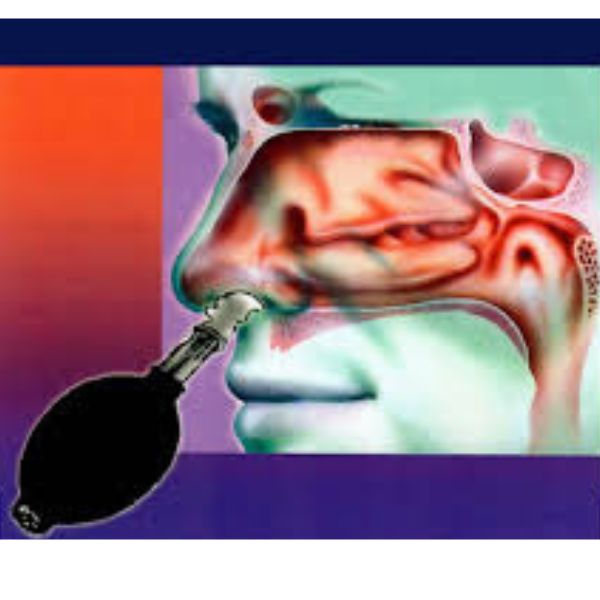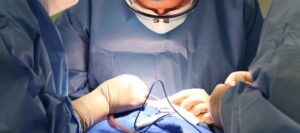How is CFR performed?
Detailed description of the procedure
Cranial Facial Release (CFR) is an advanced method used to treat various neurological and structural disorders. This procedure was developed from the earlier technique called Bilateral Nasal Specific (BNS), pioneered by chiropractor Richard Stober in the 1960s and 1970s. Dr. Adam J. Del Torto further refined CFR, providing a more precise and less invasive approach.
The CFR procedure includes the following steps:
- Patient preparation: The patient lies down or sits in a comfortable position while the therapist explains the procedure and answers any questions.
- Balloon insertion: A small balloon is carefully inserted through the nasal cavity into the nasopharyngeal area.
- Balloon inflation: After the patient holds their breath, the balloon is quickly inflated for just 2-3 seconds. This action mobilizes the facial and cranial bones, particularly the sphenoid bone, improving the flow of cerebrospinal fluid.
- Repetition of the procedure: The process is repeated for the other nasal passage.
- Series of treatments: CFR is typically performed in a series of four treatments over 7 to 10 days. To achieve optimal results, three to five series of treatments are recommended.
Improves the overall quality of life of patients
“This therapy helped me regain control over my life.”
— Patient
Sensations during and after the procedure
Although the sensation during balloon inflation can be described as uncomfortable, similar to the feeling of water entering the nose when diving into a pool, it is usually not painful. After the treatment, many patients experience relief, and auditory effects such as clicking or popping sounds in the head are common.
Safety and effectiveness
CFR is a safe and effective procedure that can be applied to individuals of all ages, including newborns and the elderly. This technique is especially beneficial when other conventional methods have failed to achieve the desired results.

Discover how CFR can improve your health and well-being.
Contact our chiropractor today and schedule a free consultation.
Read more about CFR

Differences between cranial facial release (CFR) and nose surgeries
(balloon sinuplasty, rhinoplasty, septoplasty, endoscopic sinus surgery, etc.) If you’re dealing with breathing issues or sinus congestion, you’ve likely come

Congestion & cranial facial release (CFR)
Congestion – whether sinus-related or otherwise – can be downright miserable. That stuffy, heavy-headed feeling can make you want to

Deviated septums and broken noses & cranial facial release (CFR)
If you’ve been dealing with a deviated septum or recovering from a broken nose, you know how exhausting constant congestion

Breathing issues and cranial facial release (CFR)
If you struggle with breathing – whether it’s chronic congestion, sinus trouble, or a general sense of not getting enough

